culture of argentina
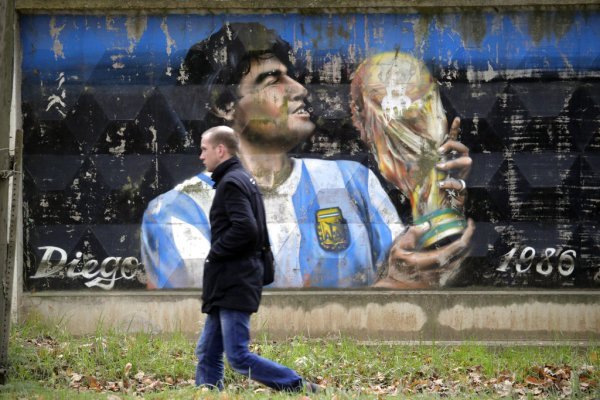
In Argentine art, architecture, literature, way of life, there is a connection with Europe. The interrelation of cultures is particularly noticeable in the literature. Among the world-class Argentine writers are Jorge Luis Borges, Julio Cortazar, Adolfo Bioi Casares, Ernesto Sabato, Manuel Puig, Osvaldo Soriano, Andahazi Federico. Since many Argentines are educated in Europe, it is in Buenos Aires that European trends in art, music, and architecture are noticeable. The city has many great museums of arts and galleries, not to mention theaters. Argentine cinema has reached the world level and is trying to expel even reminders of the horrors of the "Dirty War".
Probably the most popular part of Argentine culture is tango, the plasticity and melodies of which are valued by romantics around the world. Folk music also flourishes. The most important role for Argentines is played by sports, and football is a national passion, and not just a game. Argentina won the World Cup in 1978 and 1986, and individuals like the most famous Argentine after Che Guevara - Diego Maradona provide employment to football fans, paparazzi and journalists over the past 12 years.
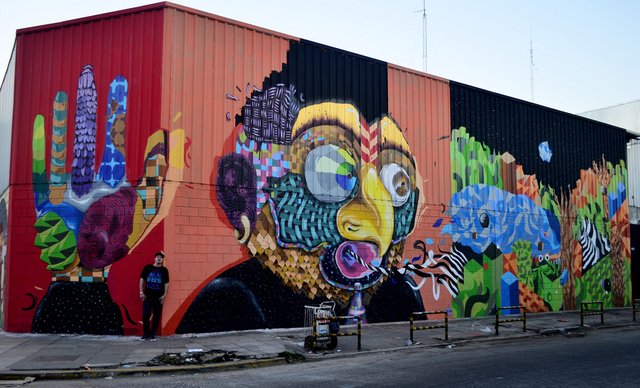
Catholicism, the official state religion of Argentina, is burdened with beliefs that deviate from the official doctrine. Spiritualism and reverence for the dead have deep roots, and pilgrimages to places of burial of relatives and famous people are common. The official language is Spanish, but in some immigrant colonies they prefer to speak their own language. Italian is understood almost everywhere, which indicates the impact of the country's largest immigrant group, but there are also English-speaking communities. In addition, there are 17 local languages, including Quechua, Mapuche, Guarani, Tobas, Matakos.
Architecture and Fine Arts
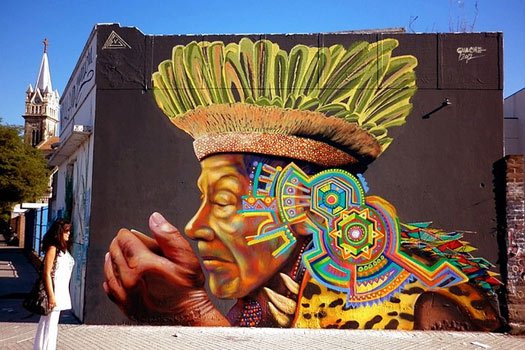
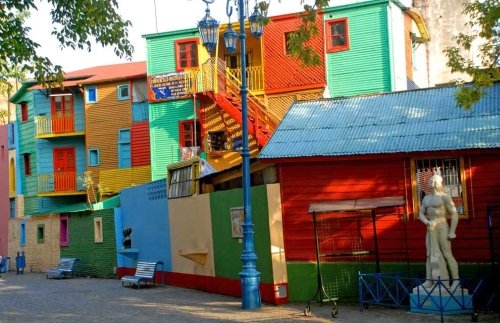
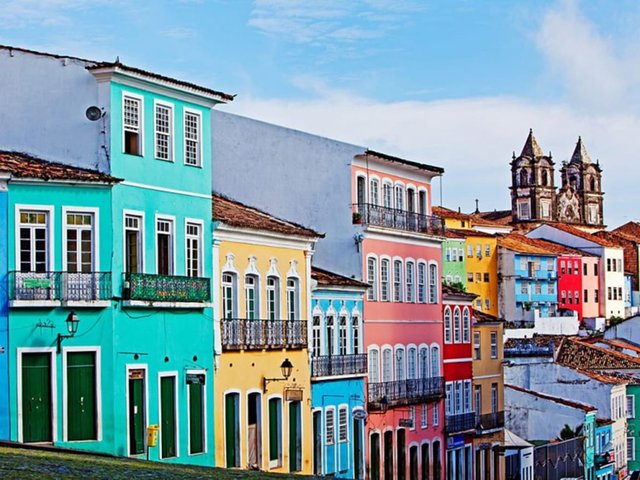
March 13, 1904 in the Andes on the border between Argentina and Chile was erected a monument to Christ the Savior. His opening marked the holiday of a peaceful settlement of the conflict because of a dispute over the border between two countries on the brink of war. The statue of the patron saint of Argentina of the Virgin Mary of Luhanska is located in the basilica of Our Lady of the city of Lujan, 70 kilometers west of Buenos Aires. It is visited by up to 4 million pilgrims a year.
Music
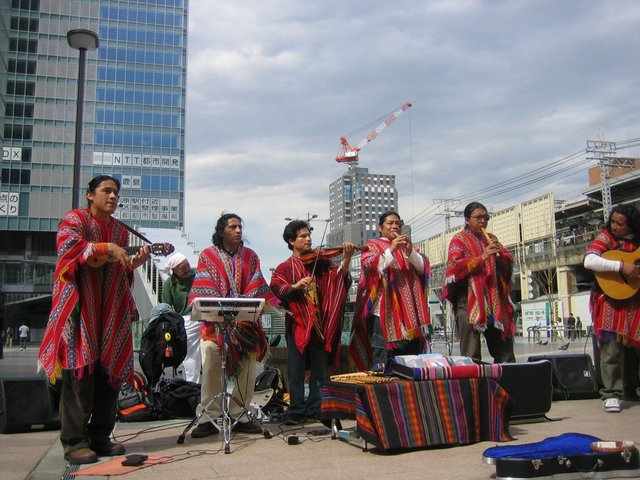
composers Floro Manuel Ugarte, Astor Piazzolla, Bruthal 6, Bruno Sanfilippo
opera singer Elena Solioti,
Music of the Hispanic World
Theater
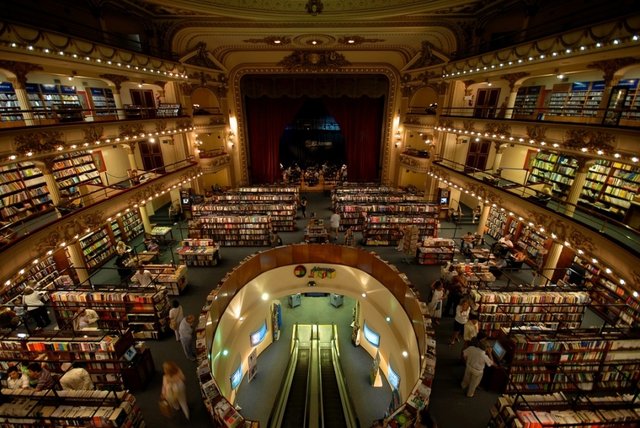
The history of the professional theater of Argentina began in the XVIII century. In 1757, the first building of the theater appeared in Buenos Aires.
Cinema
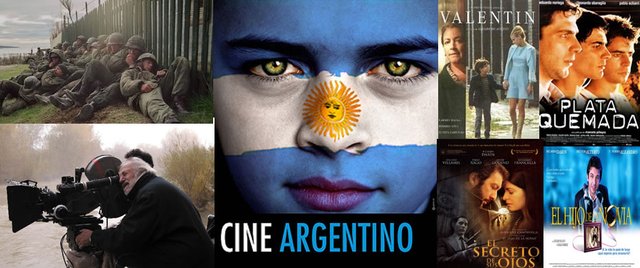
099 Central (099 Central) - 2002, Argentina
90-60-90 modelos (Models 90-60-90) - 1996-1997, Argentina
Alma Pirata (The Soul of the Pirate) - 2006, Argentina
Amas de casa desesperadas (Desperate Housewives) - 2008, Argentina
Antonella (Antonella) - 1991, Argentina
Casi ángeles (Almost Angels) - 2007-2010, Argentina
Celeste (Celeste) - 1991, Argentina
Celeste, siempre Celeste (Celeste, always Celeste) - 1993, Argentina
Chiquititas (Detvora) - 1995, Argentina
Collar de esmeraldas (Emerald Necklace - 2006, Argentina
Culpable de este amor (Mystery of Laura) - 2004, Argentina
Don Juan y su bella dama (Don Juan and his beautiful lady) - 2008, Argentina
Dulce Ana (Gentle Ana) - 1995, Argentina
El deseo (Desire / Town of desire) - 2004, Argentina
El patrón de la vereda (The Game of Love / Master of the Path) - 2005, Argentina
Floricienta (Florenciaenta) - 2004-2005, Argentina
Frecuencia 04 (FM.04) - 2004, Argentina
Hombres de honor (Men of Honor) - 2005, Argentina
Juanita, la soltera (Unmarried Juanita) - 2006, Argentina
Kachorra (Kachorra) - 2002, Argentina
La Niñera (Nanny) - 2004-2008, Argentina
Lalola (Lalola) - 2007-2008, Argentina
Los exitosos Pells (Successful Seniors Pells) - 2008, Argentina
Los Pensionados (Hostel) - 2004, Argentina
Luna salvaje (Wild Moon) - 2000-2001, Argentina
Montecristo (Montecristo) - 2006, Argentina
Muñeca brava (Wild Angel) - 1998-1999, Argentina
Padre Coraje (Padre Coraché) - 2004, Argentina
Patito feo (Ugly Duckling) - 2007, Argentina
Rebelde way (Rebellious spirit) - 2002-2003, Argentina
Resistiré (Forever Julia) - 2003, Argentina
Ricos y famosos (Rich and Famous) - 1997-1998, Argentina
Se dice amor (Speaking of Love) - 2006-2006, Argentina
Son de Fierro (Fierro Family) - 2007, Argentina
Son amores (Such love) - 2002-2003, Argentina
Sos mi vida (You are my life) - 2006-2007, Argentina
Soy Gina (I, Gina) - 1992, Argentina
Soy gitano (Gypsy Blood) - 2003, Argentina
Verano del'98 (Infinite Summer) - 1998-2000, Argentina
Vidas robadas (Stolen Lives) - 2008, Argentina
Yago, pasión morena (Iago is a dark passion) - 2001-2002, Argentina
Kitchen
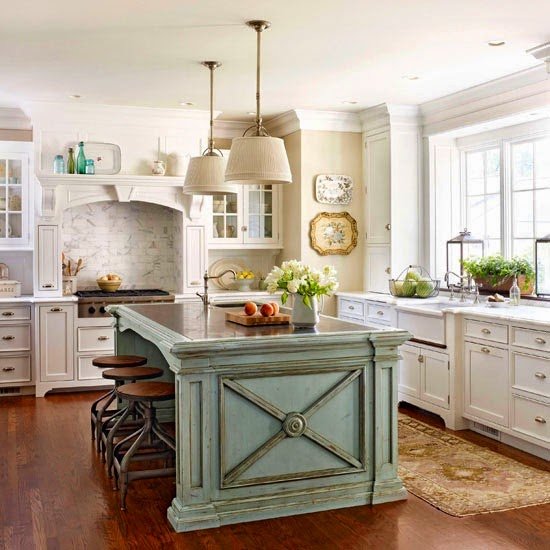
The cuisine of the Argentine chefs is very diverse, recipes of their dishes, they are largely borrowed from Mexican, Peruvian, Brazilian, Chilean cuisines. In Argentine cuisine, meat predominates, namely beef. For example, "Assorted parrillade", which includes almost any part of the cow: taurus, guts, udders. Among vegetarian dishes there are Italian gnocchi. It should be noted and the Argentine ice cream (helado [elado]) - another manifestation of Italian influence. Paraguayan tea (mat) is more a rite than a drink, and its offer is a sign of sympathy. The process of preparing leaves of a plant related to the holly is very effective, and the mixture is drunk from a common vessel (kalabas), made traditionally from pumpkin gorlanka.
football player
team
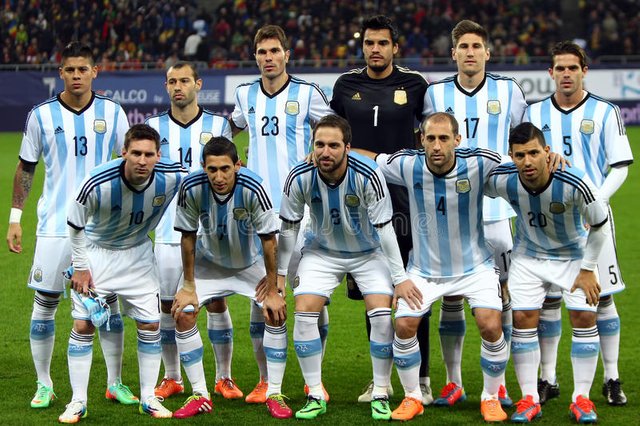
best player in argentina
- messi

2 . aguero

3 . Di Maria

Information you may not know about steemit
https://steemit.com/steem/@hassanbenali/information-you-may-not-know-about-steemit
Wow. I live here and go to all these places, but you put it all into a very nice post - I collect graffiti and didn't get pictures as good as yours. Congrats on this post. Do you live here?
I live in Morocco and I hope to visit Argentina and you, my friend where you live
I live in Argentina.
oh very nice friend
I love messi
the argentina is very nice
Hi! I am a robot. I just upvoted you! Readers might be interested in similar content by the same author:
https://steemit.com/culture/@hassanbenali/5ajj4h-culture-of-argentina